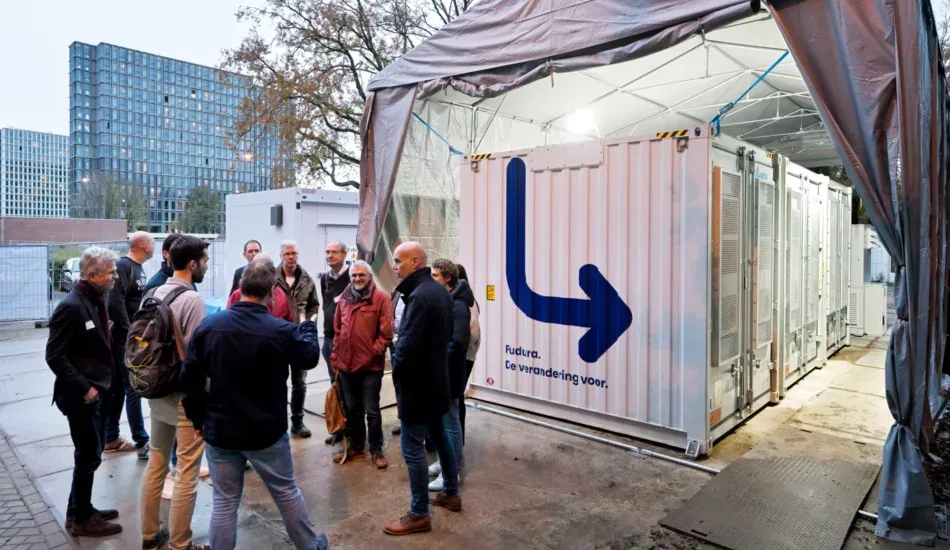Smart software that controls a super battery, heat pumps, charging stations, solar panels and pretty much the entire campus energy supply. With its GENIUS project, TU Eindhoven is showing how campuses and industrial parks can solve grid congestion. Four months after its launch, the energy hub has already created 1 megawatt of grid space.

The project, as so often, was born out of necessity. TU Eindhoven, a campus where 20,000 people work and study daily in a multitude of buildings and facilities, found out in late 2022 that its power connection was too small. The campus has a contract with grid operator Enexis for 9.5 megawatts of power. "That's when we went over that for the first time," says Thijs Meulen, energy management and building automation consultant at TU. "Because we also had expansion plans and several renovated buildings still needed to be connected, it got us thinking. Earlier that year, we had already applied for an extension from Enexis and it had been refused. We then ended up on the waiting list."
Hitting peak flat
.So the scientists and technicians had to figure out how to keep the lights on with the same power in electricity and expand at the same time. Thus was born the GENIUS project. The first goal is to solve the grid congestion problem on campus. The second goal is to create a sustainable testing ground for innovations so they can be accelerated into the marketplace.
The TU has its own closed distribution system (GDS), say a private power grid, with one connection to the public grid. "We have to avoid peaks in power consumption on our own grid. The grid is not equally loaded throughout the day. We had to find a balance in that, and so we started looking at how to flatten the peak," Meulen says.
Super battery
.To handle those peaks, a lithium iron phosphate battery the size of a shipping container, with a capacity of 3.4 megawatt hours, was installed in November 2024. "The advantage of this battery is that it is cobalt-free and therefore more durable, and you can charge and discharge it more often. That is better for this application," said GENIUS project manager Gearte Noteboom.
The battery turns on when more power is needed. It is charged with power from its own solar panels or from the grid. This usually happens at times when there is a lot of wind and solar power generation during the day and prices are low. At night, the battery then discharges again and supplies power to its own GDS or to the public grid. Then power prices are significantly higher, so the TU can even make money from that. The main goal, however, remains to absorb the peaks. "We can now use the battery to bring down the power peak by 500 kilowatts for seven hours," Meulen says.